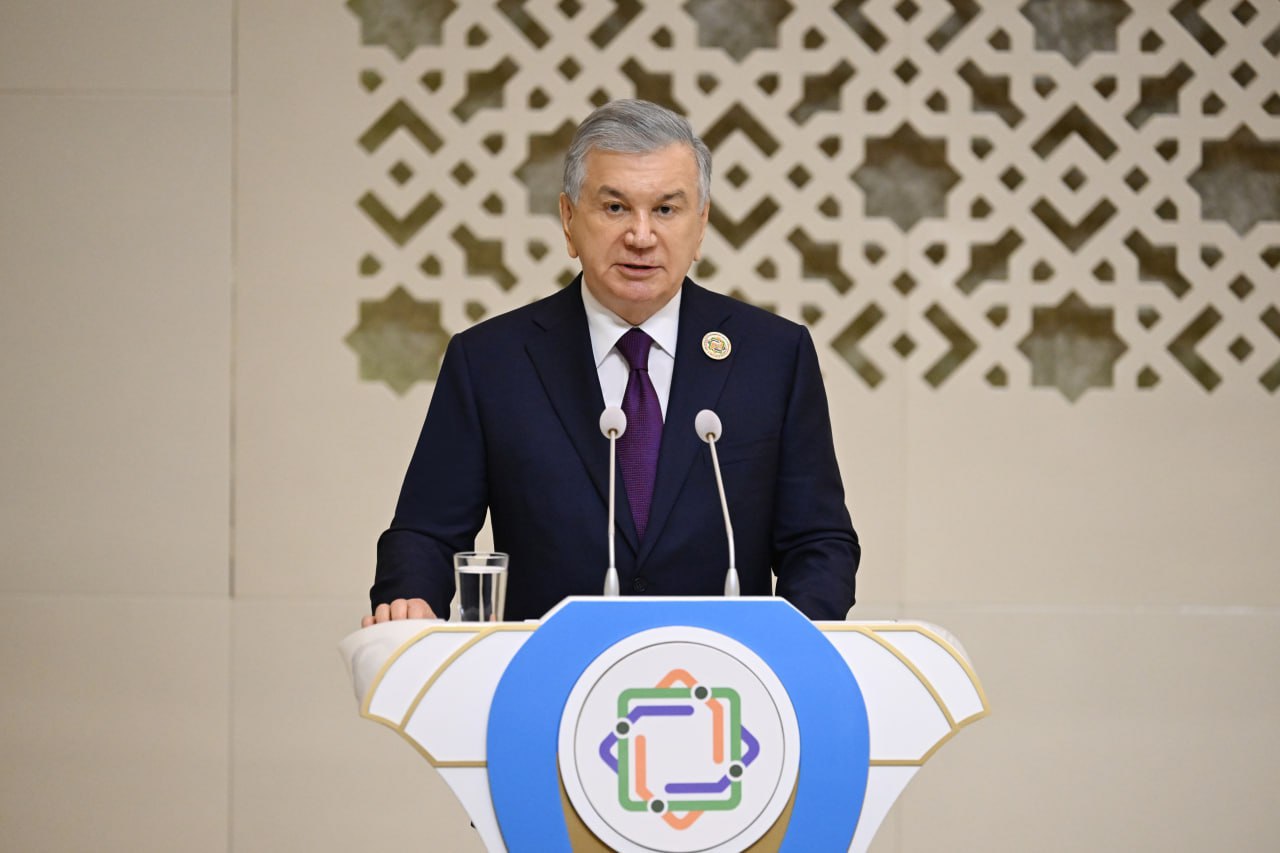BAKU, Azerbaijan, August 7. The lack of access to the sea remains one of the main challenges for many developing countries. Without access to seaports, foreign trade becomes more complicated and costly. The transportation of goods takes longer, requires additional expenses, and often makes exports economically unfeasible. As a result, this slows down economic growth, reduces the competitiveness of products in the international market, and complicates the attraction of foreign investment.
According to the World Bank, due to high transportation costs and instability of transit systems, the Central Asian region loses up to two percent of its GDP annually. Logistics costs account for up to 60 percent of the total value of goods, which is several times higher than the global average. In other words, exporting from such countries is always more expensive than from coastal countries, even if the quality of the goods is the same.
These issues are the focus of the Third United Nations Conference on Landlocked Developing Countries, held from August 5 to 8, 2025, in Avaza, Turkmenistan. The conference discusses issues of fair market access, reducing logistics costs, and improving trade conditions for such countries.
Uzbekistan is actively participating in this process. President Shavkat Mirziyoyev arrived in Turkmenistan on a working visit to present the country’s position and propose concrete solutions.
“Our country’s access to maritime communications is possible only through the territories of several states. The geographic remoteness from ports -in our case, nearly three thousand kilometers -creates several objective problems. They manifest in high tariffs, limited capacity of transport corridors and infrastructure, as well as dependence on the customs and transit policies of other countries,” emphasized Shavkat Mirziyoyev in his speech at the Third United Nations Conference on Landlocked Developing Countries.
Since 2017, the government has prioritized the modernization of transport infrastructure, the expansion of logistics corridors, and the strengthening of regional cooperation.
Construction of new railway and highway routes has begun, the China-Kyrgyzstan-Uzbekistan project is actively progressing, as well as the Uzbekistan-Turkmenistan-Iran-Turkey corridor.
In 2024, construction started on an important international project-the China-Kyrgyzstan-Uzbekistan railway. This route will become one of the shortest paths between East Asia and the Middle East. It will provide Uzbekistan with a new access to the sea through southern ports and help significantly reduce cargo transportation costs. Upon completion, the republic is expected to receive up to $200 million annually from cargo transit.
Experts note that this initiative not only creates new opportunities for the region but also reduces business costs, including shortening delivery times from the current 45–70 days to much shorter periods.
Uzbekistan actively participates in the implementation of the project, allocating its funding. In particular, the Reconstruction and Development Fund provided a loan of $ 255 million to the joint-stock company “Uzbekiston Temir Yo’llari” - the national railway operator. These funds will be used to form Uzbekistan’s share in the authorized capital of the joint project company.
The company will be registered in Kyrgyzstan. According to the agreement, China’s share will be 51 percent, and Kyrgyzstan’s and Uzbekistan’s shares will be 24.5 percent each. The design and construction will be carried out by the Chinese corporation China Railway International.
This project opens new prospects not only for Uzbekistan but for the entire region, contributing to deepening economic ties and developing international trade.
Simultaneously, the Uzbekistan-Turkmenistan-Iran-Türkiye- Türkiye corridor is being developed. The advantages of this corridor include the use of railway transport throughout the entire route and a uniform railway gauge in Iran and Türkiye. Over the past two years, freight traffic along this route has significantly increased. Border procedures have been simplified, and delivery times have noticeably decreased. All this strengthens Uzbekistan’s position as an important transit hub on international routes. Today, the country not only exports its products but also offers logistics services to other participants in international trade.
These efforts are reflected in overall economic indicators. Over the past eight years, the country’s GDP has doubled. The goal is to reach $200 billion by 2030. The sectors of foreign trade, transport, and logistics play a significant role in this. In 2024, foreign direct investment in Uzbekistan reached a record $35 billion. Most of it went to infrastructure and industrial projects related to export and transit.
Director of the Private Sector Department at the Asian Development Bank, Mayank Choudhary, emphasized that Uzbekistan is a key link in regional transport corridors. Over recent years, the country has attracted over $12 billion in investments, of which more than $3 billion were provided by the ADB itself—mainly for the development of road and railway infrastructure.
“We invest not only in ‘hard’ infrastructure. Trade facilitation and digitalization are our priorities. We support the creation of ‘single window’ systems, modernization of customs procedures, and checkpoints to speed up and simplify the movement of goods,” noted Mayank Choudhary during the Tashkent International Investment Forum.
Importantly, alongside the economy, foreign policy is also changing. Uzbekistan is increasingly putting forward initiatives that find support at the international level. At the Avaza conference, Shavkat Mirziyoyev proposed creating a global transit guarantee mechanism under the auspices of the UN, which would ensure equal conditions for landlocked countries. This proposal concerns not only Uzbekistan but also dozens of other states facing the same limitations. The idea was also voiced to create an international fund to support logistics integration, which could direct resources to the development of key infrastructure. According to estimates, Central Asia’s need for such investments amounts to about $40 billion annually.
An initiative was also put forward to create an agricultural innovation hub in Uzbekistan. This involves developing agricultural exports not only through increased yields but also through logistics, storage, standardization, and agrotechnologies. Uzbekistan’s agro-export potential is estimated at tens of billions of dollars, but without modern logistics, it is extremely difficult to enter global markets. Therefore, the development of transport and agriculture is increasingly seen as part of a single strategy.
Uzbekistan is confidently shaping a new model of economic development, where geography is no longer viewed as an obstacle but as a reason to strengthen regional ties and international cooperation. The country is becoming a platform where important global issues are discussed, from fair trade to equal access to ports. In these discussions, Uzbekistan is no longer just a listener but a full participant, capable of formulating initiatives and ensuring their implementation.
President Shavkat Mirziyoyev’s visit to Turkmenistan and participation in the Third UN Conference demonstrate Uzbekistan’s systematic approach to solving the problems of landlocked countries. By actively developing transport infrastructure and strengthening cooperation with neighboring states, Uzbekistan is becoming a key transport hub in the region. This contributes to the growth of the national economy’s competitiveness and creates







